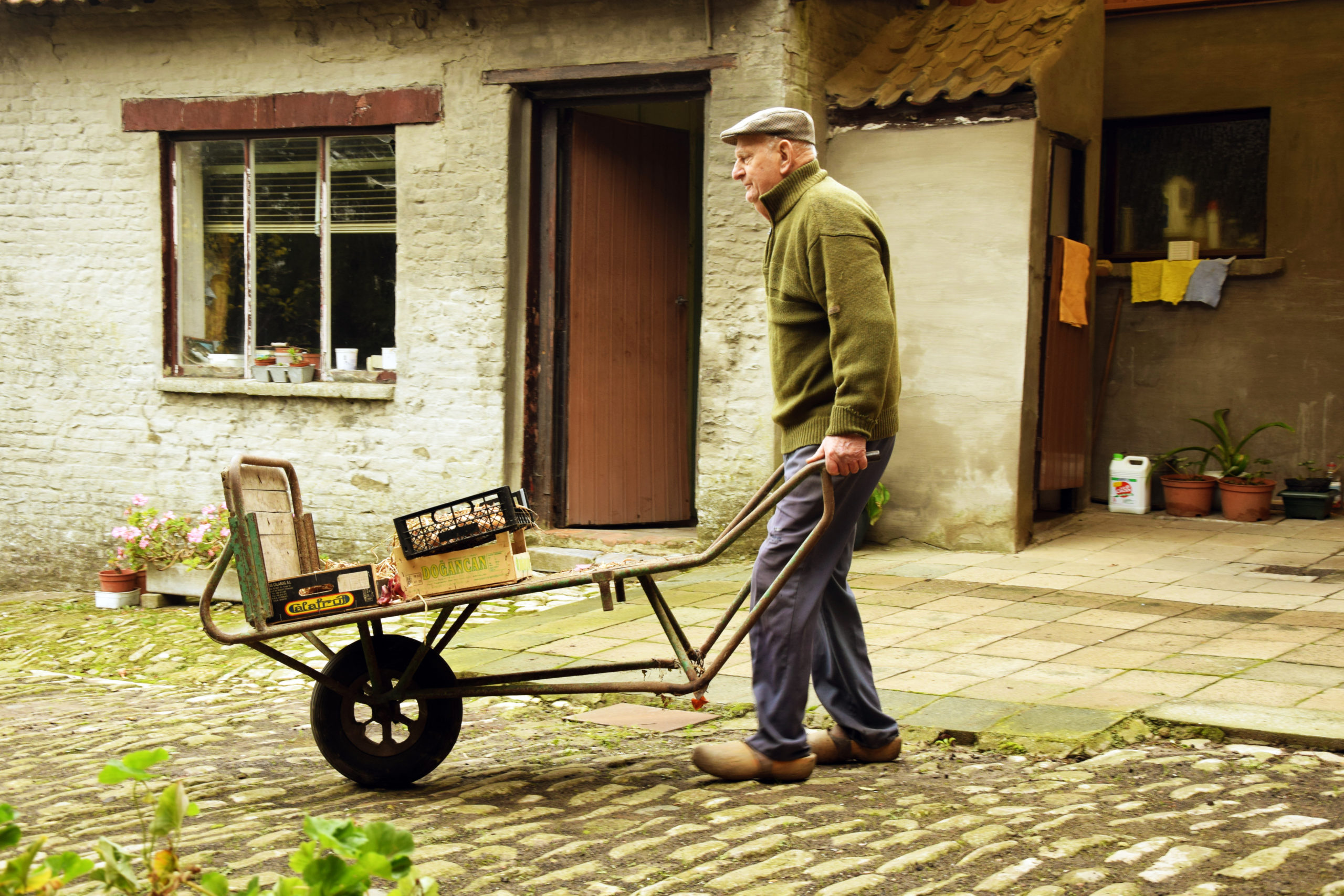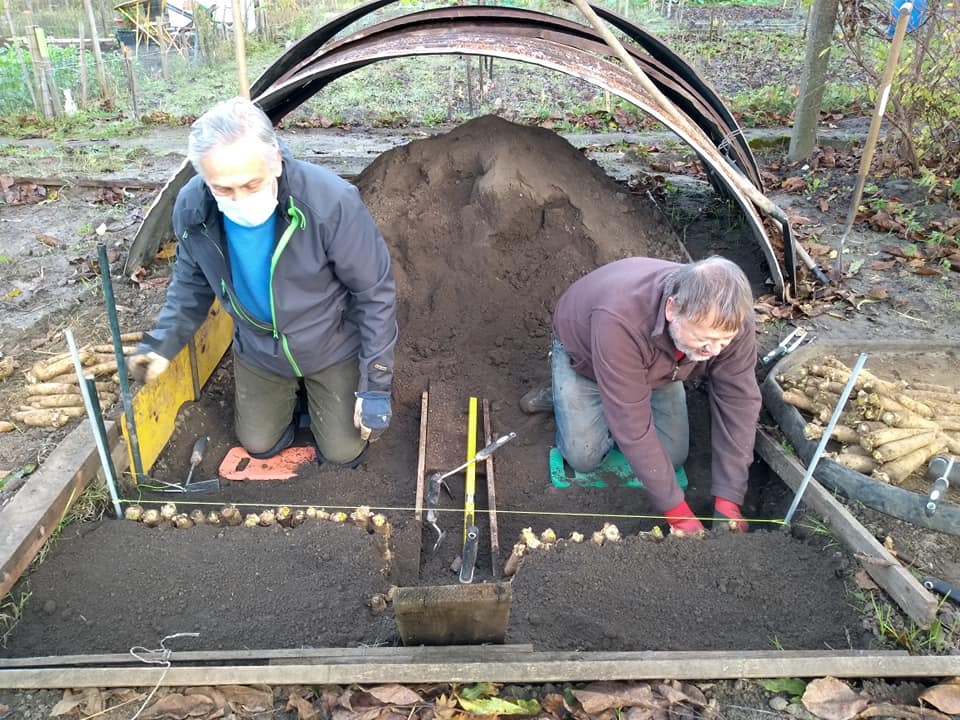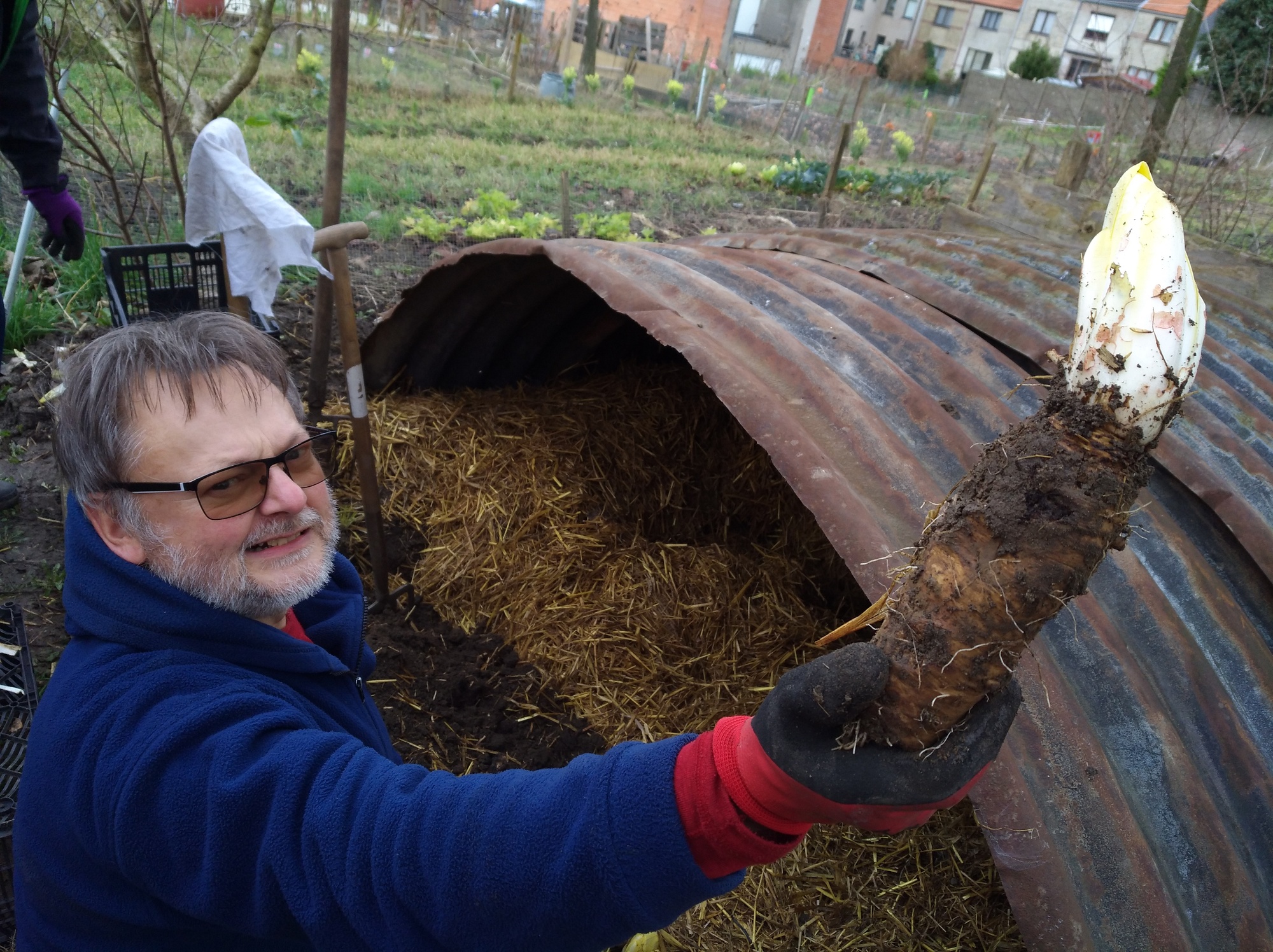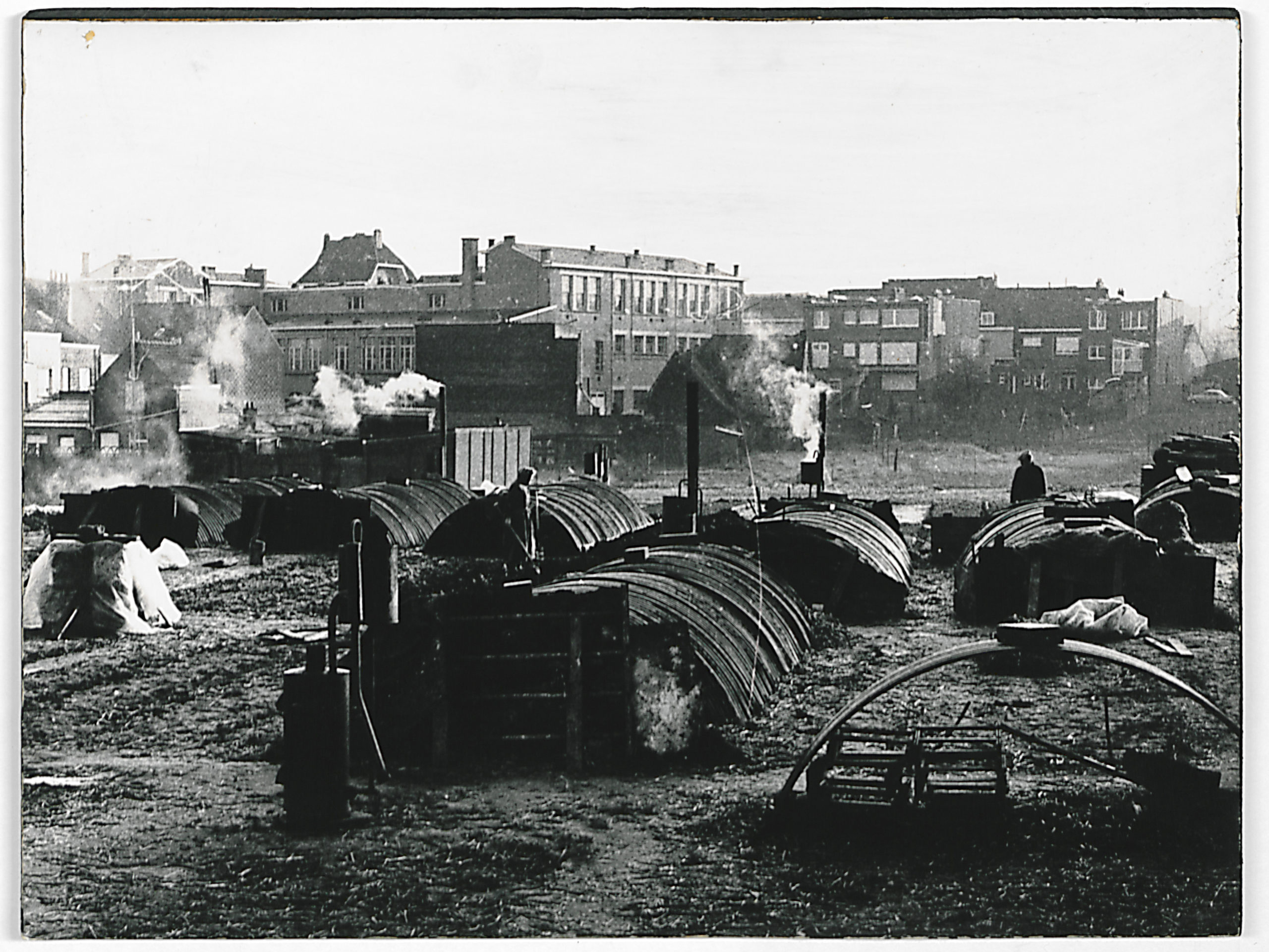Chicory culture becomes Brussels heritage
State Secretary for Urbanism and Heritage Pascal Smet has announced that the chicory culture is being added to the Brussels inventory of intangible cultural heritage.
State Secretary for Urbanism and Heritage Pascal Smet has announced that the chicory culture is being added to the Brussels inventory of intangible cultural heritage.
“Chicory is part of our history and it is important that we pass on our knowledge and know-how to the next generations of Brusselers.
I am delighted with the decision to recognise this truly Brussels’ vegetable as intangible heritage.
This is not just a symbolic recognition. With the chicory culture now joining the impressive list of the “frietkot” and beer cultures and the speculoos tradition, we are positioning Brussels internationally as a culinary capital even more. Personally I love to prepare and eat “chicons au gratin”,” says Pascal Smet.
“Chicory cultivation has marked the development of the Region’s northern municipalities, such as Evere, where many buildings from the urban agricultural past can still be found. This recognition is a tribute to all those who still grow crops in the Brussels region today. The emergence of chicory - also called endive - and sprouts made urban agriculture possible. I would like to thank all those who make this Brussels heritage shine, especially in gastronomy. I can imagine it is also a great honour for the association “Confrérie des Compagnons du Witloof”,” says Brussels Minister-President Rudi Vervoort.
“The village of Haren thanks its fame to its chicory. The Haren chicory farmers exported their white gold everywhere, including via the early market on the Grand Place. Today, Haren has an increasingly urban character, but soil-grown chicory is still cultivated, although on a much smaller scale. In the streets, you can still discover traces of it. The City of Brussels is very pleased that chicory is recognised as intangible heritage. This recognition confirms the unique character of Haren, closely linked to the chicory tradition,” says Ans Persoons, alderwoman responsible for Urbanism and Dutch-language Affairs of the City of Brussels.
The Brussels government’s decision to add the chicory culture and forcing to the intangible heritage inventory was made at the request of various associations active in the Brussels chicory - endive - culture.
“Adding this element to the Brussels inventory of intangible cultural heritage is a nice recognition for the associations that promote it. The vegetable has its origin in Brussels and has left its mark on the region and its image: there are references in street names, the centres of Haren and Evere, the Belgian chicory farms and the Brussels gastronomy.
Unfortunately, professional chicory cultivation has disappeared from the Region due to increasing urbanisation, but there are still active amateur growers. Some growers cultivate the vegetable the traditional way, under a layer of soil in the field. Many also grow endive as a hobby in crates at home.” With the surge of urban farm projects, I secretly hope that in the next few years we will again see initiatives to professionally force chicory in one of the many empty Brussels cellars. It should be possible: chicory returning to its source,” says Arnout Vandamme of “Witloof in de stad / Chicon en Ville”.
To celebrate this new heritage, Bruzz and BX1 will dedicate an entire week to Brussels chicory culture.
Brusselers are invited to share their favourite chicory dish, recipe or anecdote with the hashtag #BrusselsWithLove
Geschiedenis
This chicory plant (Cichorium intybus var. foliosum) has been cultivated for centuries for both its roots and leaves, but the origin of the compact, closed endive heads lies in the north-east of Brussels. This evolution took place in the nineteenth century as a combined result of plant breeding and the bleaching of the leaves, but its exact story is not entirely certain.
Some say it was a stroke of luck by a farmer in Schaerbeek or Evere. The most plausible hypothesis, however, attributes the discovery to François Breziers, the then head gardener of the botanical garden at Porte de Schaerbeek in Saint-Josse-ten-Noode. Around 1840, he is said to have cultivated the Brussels endive we know today through plant breeding and crossing.
Soon, the wealthy bourgeoisie was fond of this white, bittersweet vegetable. As a reslut of of growing consumer demand and rapid urbanisation, farmers had to look for land outside Brussels, such as in Schaerbeek, Evere and Haren. Eventually, this very specific cultivation expanded to the Brussels-Mechelen-Leuven area, which would soon receive the appropriate nickname “chicory triangle”.
Although the Brussels Region now counts far fewer chicory growers, many material elements still refer to the chicory culture (tools, iconographic elements...) and the unique know-how and technical knowledge still exist. Local associations preserve these valuable testimonies and pass them on to the Brusselers, young and old.
Culture
Chicory cultivation consists of roots cultivation and so-called “forcing”. First, chicory seeds are sown in the spring, for roots cultivation. The seeds produce roots, which are lifted from the soil in late summer,
leading to the second stage, forcing. The roots are then cut from the green leaves and stored in a layer of casing soil. In the dark, deprived of the light necessary for photosynthesis, the roots then sprouts its second head, with white, softer and less bitter leaves instead of the green ones. This last stage takes three or more weeks, depending on the temperature.
Due to major urbanisation, the professional soil-grown chicory cultivation has almost entirely disappeared from the Brussels Capital Region, but in Haren, for example, there are still hobby growers who grow chicory outdoors, using casing soil.
In addition, there are still many people - at least 100 and maybe even more - who force the chicory indoors, in their cellar or a cool room. Partly thanks to the popularity of urban farming projects, forcing in an urban context has seen a real revival since 2015.
Chicory is the white gold, a real delicatessen. It is not only present in top notch recipes, but is also often part of everyday fare, raw or cooked. Its typical taste has resulted in numerous classic Belgian and Brussels recipes. Who has not craved a Belgian endive gratin with ham rolls or chicory in the style of Brabant to accompany fowl? Belgian endives are even used as an ingredient in a spirits, jam and beer.
Heritage associations
Various associations preserve the traditional Brussels chicory. The “Confrérie des Compagnons du Witloof” has been a pioneer in preserving and promoting the chicory heritage and culinary traditions. In addition, the non-profit organisation Sputnik has been organising the “Witloof! Harens Goud” festival since 2015, while “De Brigade” is responsible for the cultivation workshops “Witloof in de Stad/Chicon en ville”.







